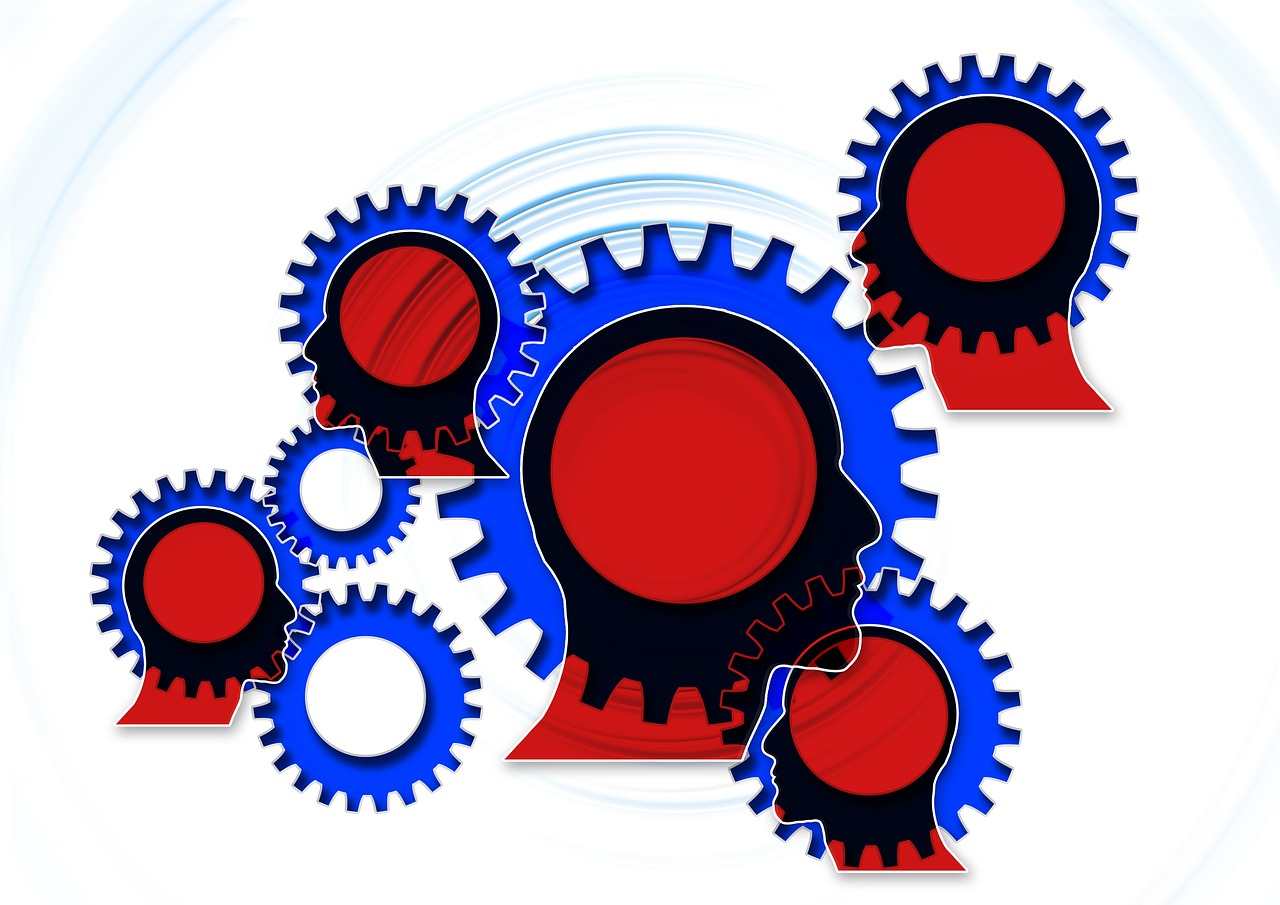Working with Your Team
By Sharon Delesbore
Posted on 2019-10-30

Why must we meet so much as a physics team when I need time alone to prepare for my classes?
—M., Indiana
Regularly meeting as a collaborative team, department, or content area is extremely beneficial to teachers and, most importantly, essential to the outcome of student success. When science teachers collaborate, it allows for what I call the 3Ds: Design, Dig, and Discuss. Collaborating allows science teachers to design lessons together. It is much easier to create and assess assignments, projects and laboratory activities that engage and evaluate the learning of students as you ensure that your group meets the performance expectations of the curriculum. Common planning and common assignments create opportunities to dig through data together to determine which instructional strategies effectively enhance the student experience. This helps you and your team understand your students’ processing and thinking and discover patterns and trends in student learning. You can clarify misconceptions. Coming together as a team enriches our practice as we discuss student work. Analyzing student work helps the team identify where students are in their learning. You may notice something that your colleagues do not and vice versa; the feedback can help to guide your instruction. When we take these conversations into the classroom with our students, our learners get the opportunity to see exemplars and understand what “meet performance expectations” actually does or does not look like. As our ultimate goal of teaching is student ownership of earning, we must start with the fundamentals of collaboration. The more teachers plan, the more they learn how to best serve their students.
Image by geralt from Pixabay
Disclaimer: The views expressed in this blog post are those of the author(s) and do not necessarily reflect the official position of the National Science Teaching Association (NSTA).


